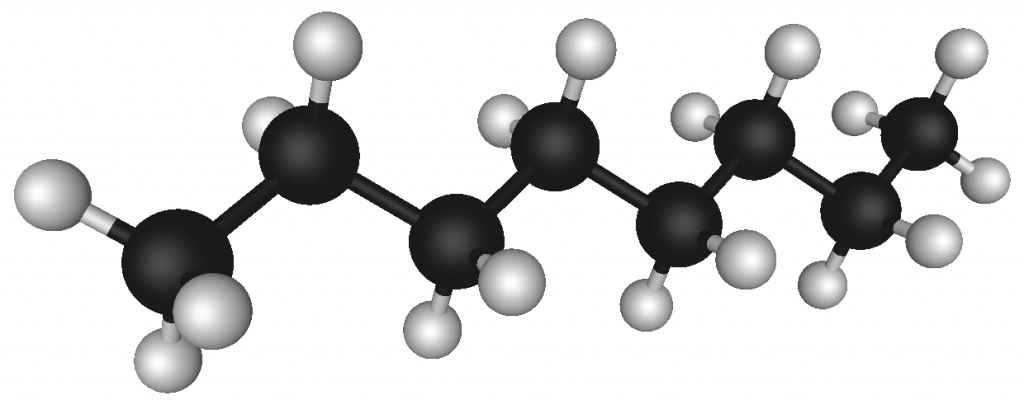Last Update: July 4, 2015

We're about to go over the environmental effect of every stage of the process from extracting crude oil to the consumption of products like gasoline. There are several sources from which crude oil is extracted. Each source has somewhat different chemical characteristics, and therefore the environmental toxicity somewhat varies from source to source. However there are some general things we can say about the toxic chemicals found in crude oil.
Generally, crude oil (or petroleum) is formed when large quantities of dead organisms, primarily zooplankton and algae, become buried under layers of rock and subjected to intense heat and pressure. No, it's not made from dead dinosaurs. The intense heat cooks away everything but the hydrocarbon chains. What's left is the highly energy dense crude oil.
Oil straight out of the well often contains natural gas dissolved in the oil. At the lower air pressure we have at the surface, the natural gas simply comes out of the oil and will either be recovered (sold to the market) or simply burned (flared off).
The chemicals in crude oil include Polycyclic aromatic hydrocarbons, Benzene, and Tuolene. These and other chemicals in crude oil are highly toxic and carcinogenic.
The primary constituents are a large number of different hydrocarbons - alkanes, cycloalkanes, aromatic hydrocarbons, or more complicated chemicals like asphaltenes. These are distinguished by the geometric structure of the hydrocarbon molecules, as well as the odors they make. Many of the constituent chemicals are highly toxic or carcinogenic. [ToxTown1] [ToxTown2] [ToxTown3] [ToxTown4] [Wikipedia1] [Wikipedia2] [Wikipedia3]
Polycyclic aromatic hydrocarbons (PAHs) are a major component of crude oil. They are also wide-spread in the universe and thought of as the possible starting material for life-as-we-know-it. However, many of the PAHs are carcinogenic and mutagenic, and are considered pollutants of concern for the potency of potential adverse health impact. High prenatal exposure to PAH is associated with lower IQ, childhood asthma, adverse birth outcomes including low birth weight, premature delivery, and heart malformations. After the Deepwater Horizon oil spill, elevated PAH levels were detected in the ocean, and scientists studying the result on fish found PAHs kill fish by sending them into cardiac arrest. The EPA has identified 32 PAHs as "priority pollutants".
Benzene is an aromatic hydrocarbon that is carcinogenic, and other illnesses. It is particularly notorious for bone marrow failure, with lots of scientific data linking it to aplastic anemia, acute leukemia, and bone marrow abnormalities. Benzene targets liver, kidney, lung, heart and the brain and can cause DNA strand breaks, chromosomal damage, etc. The only safe concentration for Benzene is Zero.
Tuolene is another aromatic hydrocarbon, with toxic effects on people but is not as bad as Benzene. At mild levels of exposure it causes tiredness, confusion, weakness, drunken-type actions, memory loss, nausea, loss of appetite, and hearing and color vision loss. At higher doses, it may cause light-headedness, nausea, sleepiness, unconsciousness, and even death.



